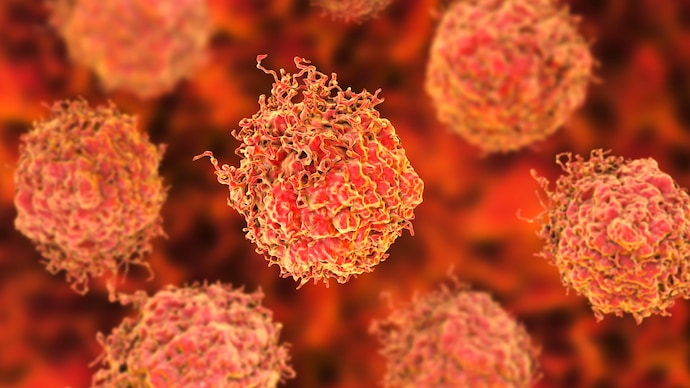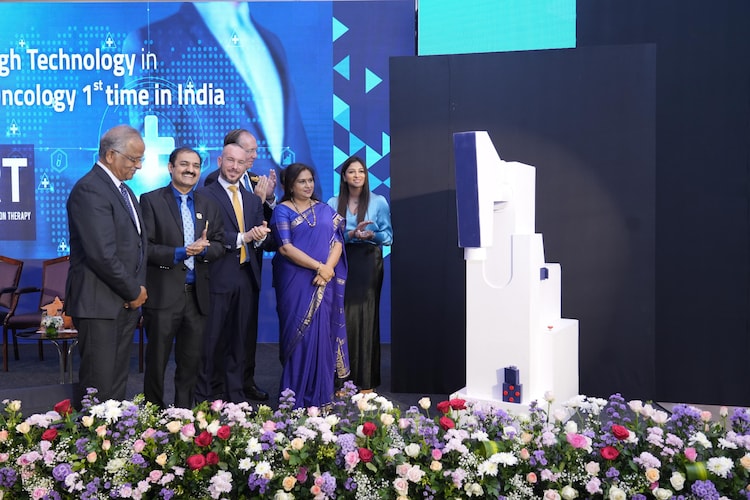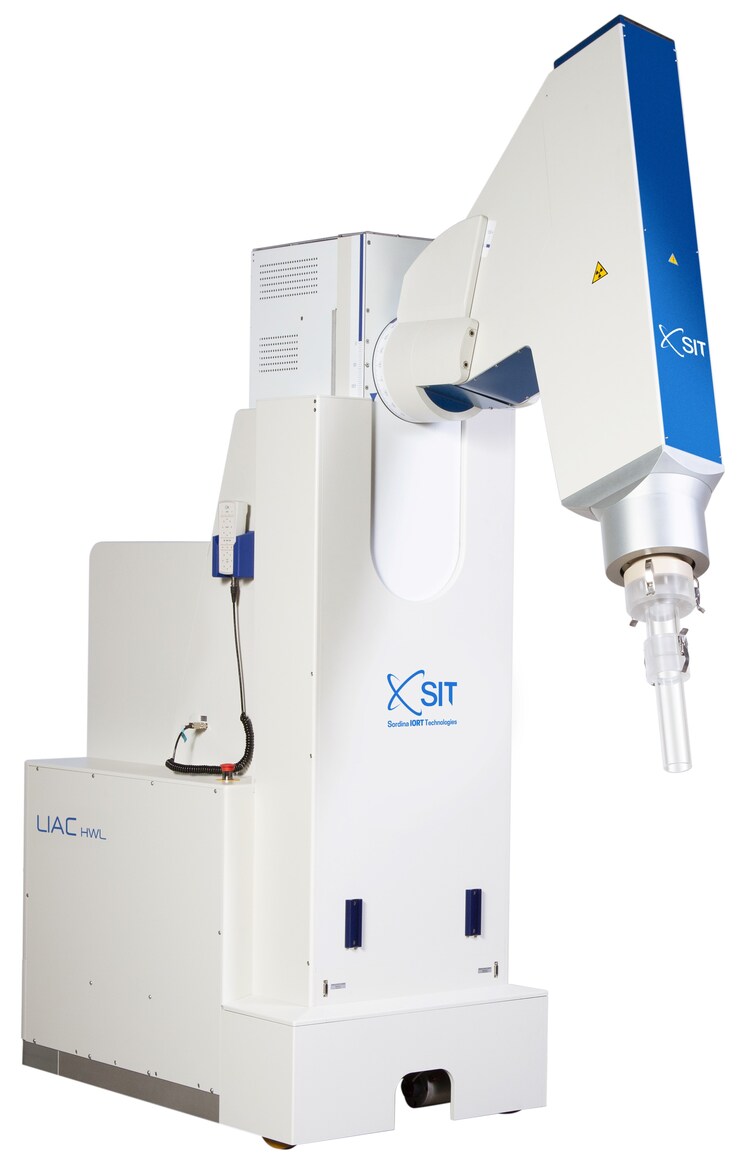New Cancer Treatment: All About Intraoperative Electron Radiation Therapy
Aster Whitefield Hospital in Bengaluru has launched Intra-operative Electron Radiation Therapy (IOeRT) for the first time in India, which delivers targeted radiation during surgery.

Aster Whitefield Hospital in Bengaluru has started Intra-operative Electron Radiation Therapy (IOERT), a type of radiation treatment, for cancer patients.
This approach allows targeted radiation to be administered directly to the tumor site during surgery, representing a significant advance in cancer care.
“Once the tumor is removed, radiation immediately targets the area, while healthy tissues are retracted. This approach allows high doses to the tumor and almost zero dose to surrounding vital organs, allowing therapeutic effects. Maximizes efficacy and minimizes side effects, said Dr. Somashekhar SP, Chairman of the Medical Advisory Board of Aster DM Healthcare.
Unlike traditional radiation therapy, which typically requires multiple post-operative sessions over weeks, IOeRT delivers a single, high-precision dose of radiation during the same surgery.

This method targets any remaining microscopic cancer cells, reducing the need for further treatment and minimizing damage to surrounding healthy tissues and organs.
A spokesperson for Aster DM Healthcare said, “With IOERT, we are able to provide patients with a more efficient and targeted treatment option that not only improves clinical outcomes but also reduces overall treatment time and cost.” Does.” “The launch of this therapy at Aster Whitefield underlines our commitment to bringing cutting-edge treatments to India.”
Less side effects and faster recovery
A major advantage of IOeRT is its precision. Radiation is administered under real-time visualization, which helps protect surrounding healthy tissues.
This results in fewer side effects, such as skin damage and fatigue, that are typically associated with traditional radiation treatments. As a result, patients recover faster and experience a better quality of life.

IOeRT is recommended for a variety of cancers, including gastrointestinal malignant, rectal, gastroesophageal and pancreatic cancers, sarcoma-soft tissue sarcoma and retroperitoneal sarcoma, breast cancer, and recurrent malignant cancer.
With the introduction of IOeRT, the duration of cancer treatment has also reduced from about one and a half months to one session.
This not only reduces the physical and emotional stress on patients but also significantly reduces the overall cost. Families are relieved of the expenses of long hospital stays, travel and accommodation.
“This not only minimizes exposure to surrounding healthy tissues but also reduces the number of hospital visits, thereby speeding up the recovery of patients and reducing the overall treatment time,” said Dr. Somashekhar ”
This therapy is expected to help reduce the burden of cancer care in India, making treatment more accessible, efficient and affordable for patients across the country.
